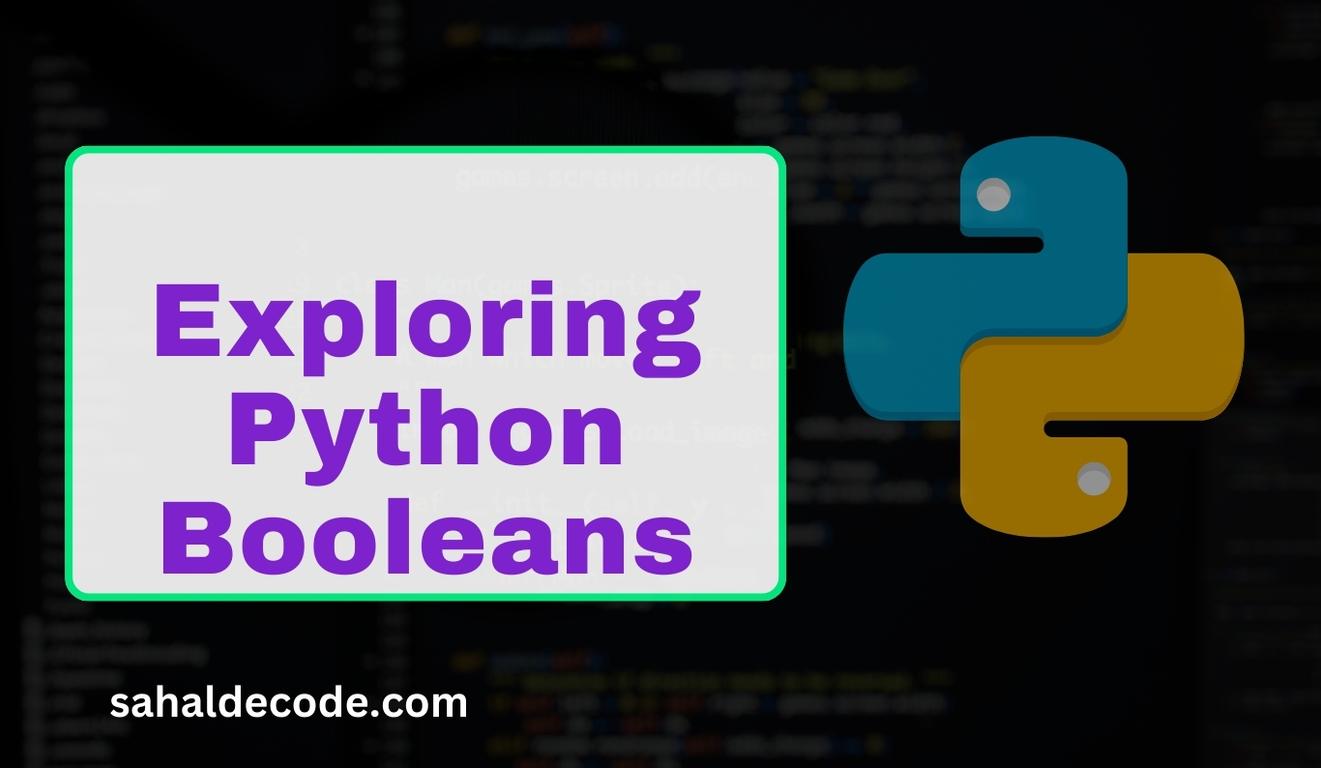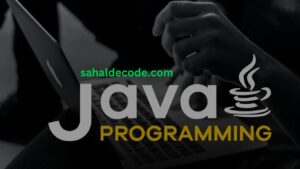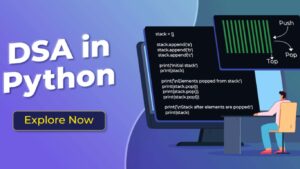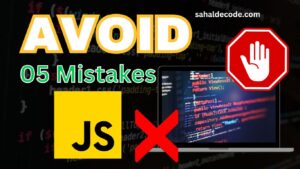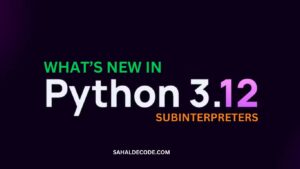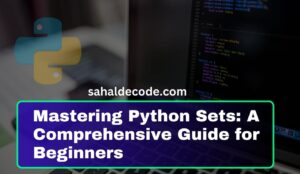Introduction: In the realm of programming, understanding fundamental concepts is crucial. Python, being a versatile and powerful programming language, comes with its own set of core elements. One such fundamental concept is Python booleans. In this guide, we’ll delve into the world of Python booleans, explore their significance, and provide practical examples to illuminate their usage.
Python Booleans: The Basics
At the heart of Python’s logical operations are its boolean values: True and False. Booleans are the building blocks for decision-making and control flow in your code. They are the foundation upon which conditions and loops are built. Boolean values represent the truthiness or falsiness of statements.
Understanding Boolean Operators
Python provides three primary boolean operators: and, or, and not. These operators allow you to combine and manipulate boolean values, making your code more dynamic and responsive. For instance, the and operator returns True If both operands are True, while the or operator returns True If at least one operand is True.
Most Values are True
Almost any value is evaluated to True if it has some sort of content.
Any string is True, except empty strings.
Any number is True, except 0.
Any list, tuple, set, and dictionary are True, except empty ones.
Using Python Booleans in Conditionals
Conditionals are at the heart of programming logic. With Python booleans, you can create conditional statements using if, elif, and else clauses. These statements control the flow of your program based on certain conditions. Consider the following example:
#The following will return True:
bool("abc")
bool(123)
bool(["apple", "cherry", "banana"])Some Values are False
In fact, there are not many values that evaluate to False, except empty values, such as (), [] , {}, "" , the number, and the value None . And of course, the value False evaluates to False .
The following will return False:
bool(False)
bool(None)
bool(0)
bool("")
bool(())
bool([])
bool({})One more value, or object, in this case, evaluates to False, and that is if you have an object that is made from a class with a __len__ function that returns 0 or False:
class myclass():
def __len__(self):
return 0
myobj = myclass()
print(bool(myobj))Functions can Return a Boolean
You can create functions that return a Boolean Value:
#Print "YES!" if the function returns True, otherwise print "NO!":
def myFunction() :
return True
if myFunction():
print("YES!")
else:
print("NO!")age = 12
if age < 18:
print("You are a minor.")
else:
print("You are an adult.")Practical Examples of Python Booleans
Let’s explore some real-world scenarios where Python booleans shine:
- User Authentication: Boolean values can be used to determine whether a user is authenticated or not. This is essential for granting access to certain parts of a program or website.
- Loop Control: Booleans play a crucial role in loop control. By using boolean conditions, you can decide when to break out of a loop or continue iterating.
- Error Handling: Booleans can be used to flag errors or exceptions. For instance, you can set a boolean variable to
Truewhen an error occurs and handle it appropriately.
FAQ About Python Booleans:
What are boolean values in Python?
Boolean values in Python are the two constant objects True and False. They represent the truthiness or falseness of statements and are essential for making decisions in code.
How are boolean operators used in Python?
Boolean operators like and, or, and not are used to combine and manipulate boolean values. They enable you to create complex conditions and perform logical operations.
Can I use integers as booleans in Python?
Yes, you can. In Python, any non-zero integer is considered True, and the integer 0 is considered False when used in boolean contexts.
Conclusion:
In programming, Python booleans are the bedrock of logical operations. They empower developers to create dynamic and responsive code that reacts to various conditions. From basic comparisons to complex decision-making, booleans are indispensable. By mastering the art of working with Python booleans, you’re well on your way to becoming a proficient programmer.
Remember, boolean values are not only confined to Python; they are a foundational concept in many programming languages, making your newfound knowledge widely applicable and valuable. So embrace the world of booleans, and let them be your guiding light in the world of programming.
External Resources:
This comprehensive guide has walked you through the world of Python booleans. From understanding boolean basics to exploring their usage in real-world scenarios, you’re now equipped with a solid understanding of this fundamental concept.
